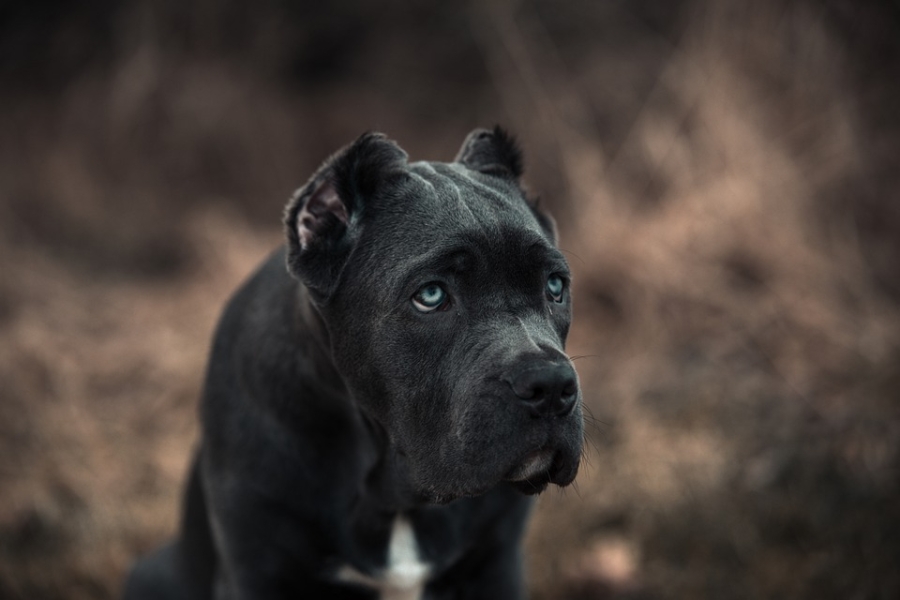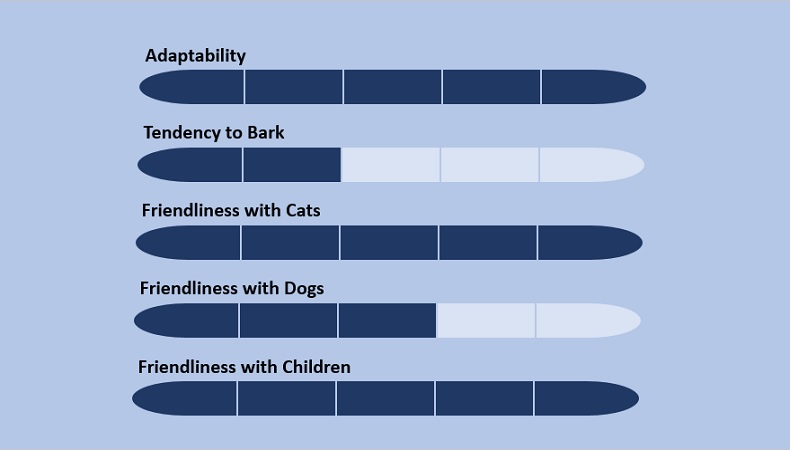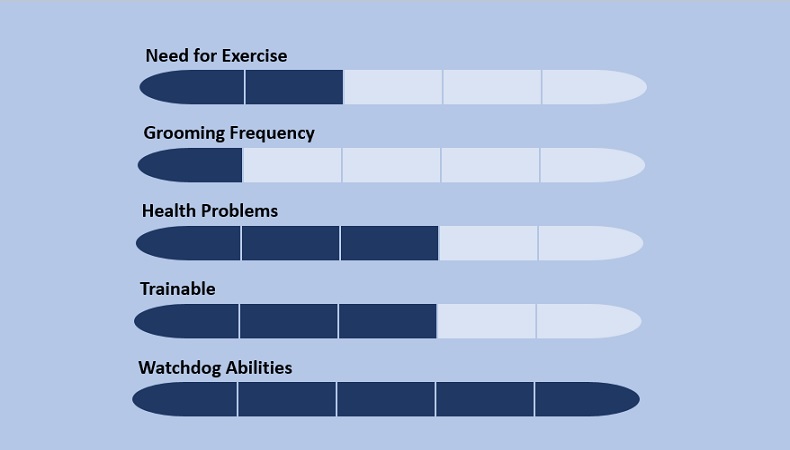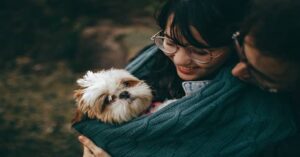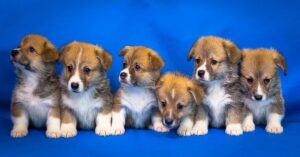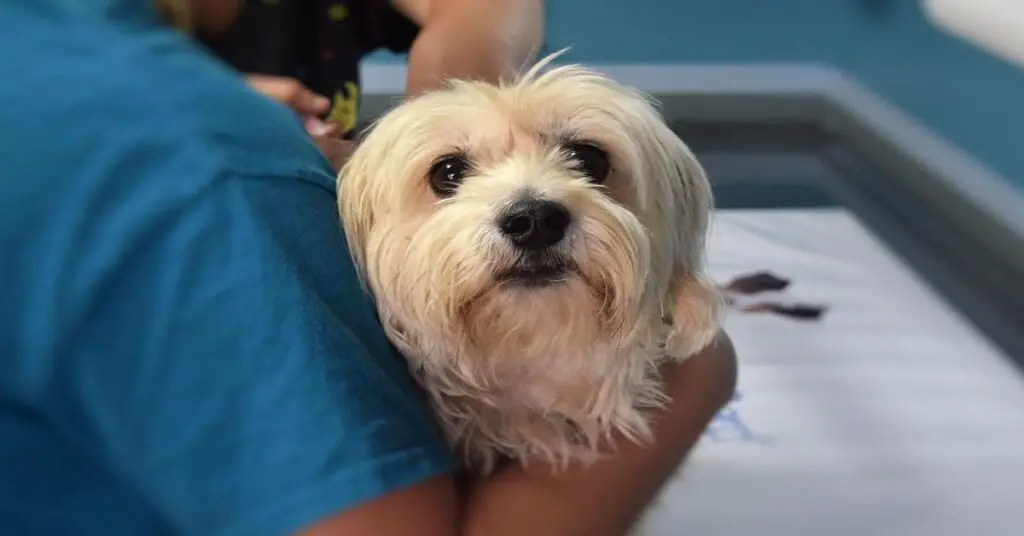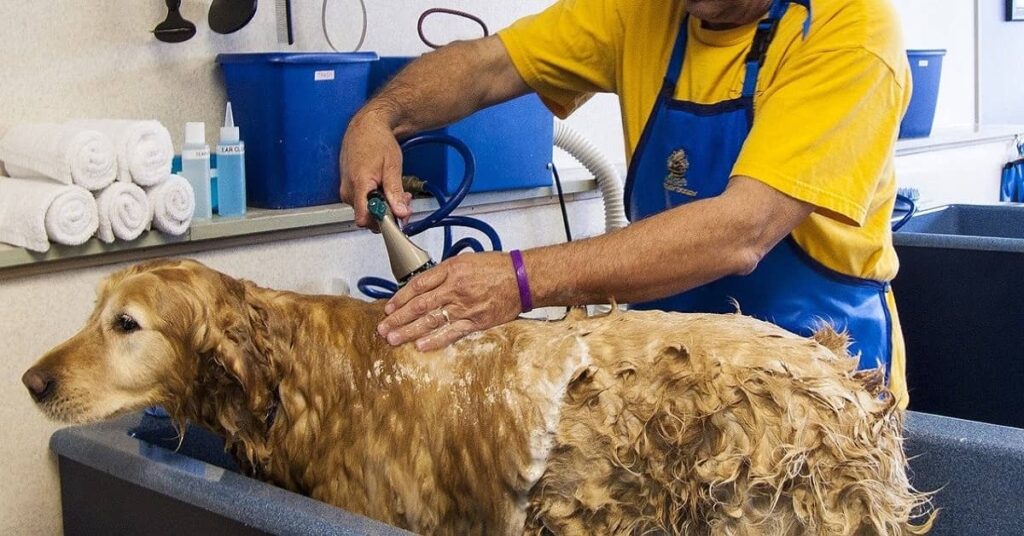BANDOG
Also Know as:
Bandogge, American Bandog Mastiff.
.
Origin: England
Type: Cross Breed
Height: 20 to 30 inches
Weight: 86 to 126 pounds
Life Expectancy: 10 to 12 years
BANDOG TEMPERAMENT
At first glance, the Bandog can appear frightening with their imposing size and domineering expression, but when you get to know them, they have a docile and almost dignified character. They can be clownish, affectionate, and sometimes friendly but this is always overshadowed by their domineering expression. In all, the Bandog can be defined as an energetic, very loyal, and excessively demonstrative dog. This demonstrative side makes them appear domineering when you combine it with their size and requires a confident owner to handle them.
.
You can get your Free Dog Training Videos Here
.
BANDOG PHYSICAL APPEARANCE
The bandog’s physical appearance can be intimidating, there is something about their rugged look that comes across as “a don’t mess with me dog”. Having a height of up to 30 inches, the main difference between the male and the female apart from the reproductive organs is the weight, with the male weighing from 99 to 126 pounds while the female weighs from 80 to 105 pounds. They come in a variety of colors namely Red, Black, Brindle, Sand, Fawn, and Golden Fawn.
BANDOG CHARACTERISTICS
BANDOG CARE
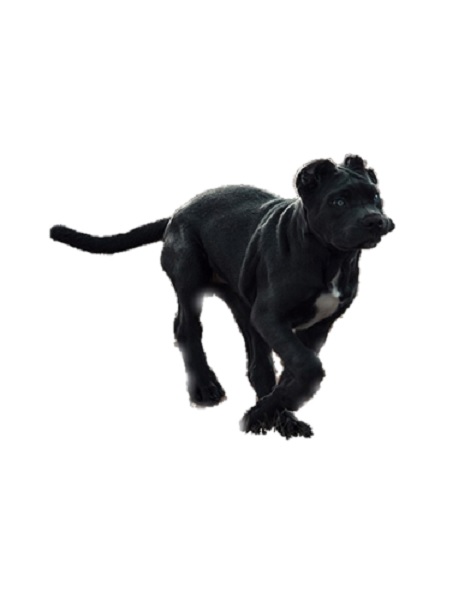
BANDOG HISTORY
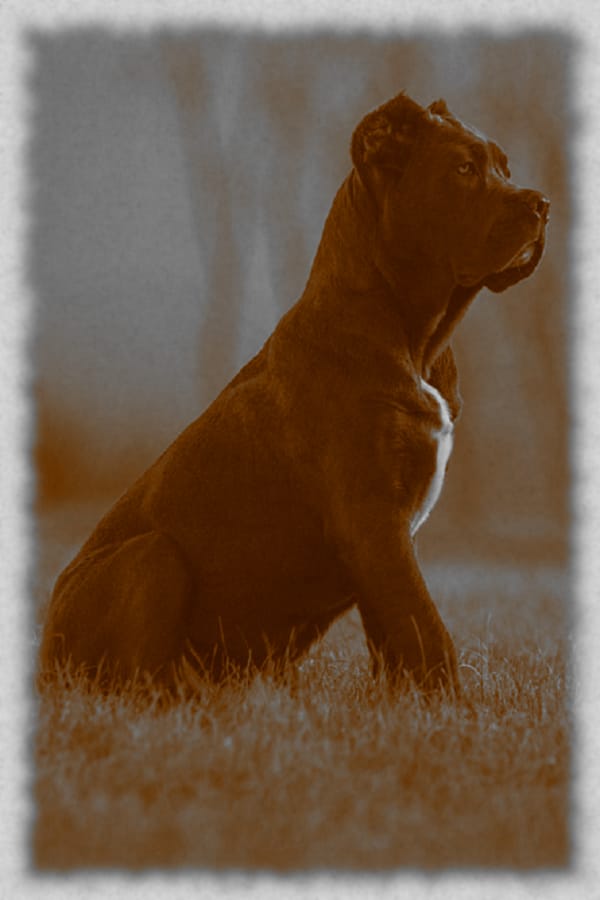
The Bandog name is a derivative of the name Bandogge which has its origin early in English history around 1250 and 1300. It was used to define very ferocious and large dogs that were bound in chains and only released in the night time to protect the owner’s property.
The Bandog was produced as a result of cross-breeding between some form of Bulldogs and Mastiff then giving rise to its large and somewhat domineering nature.
In the book, “Englishe Dogges” authored by Johannes Caius in 1570 in Latin and later translated into English in 1576 by Abraham Fleming. Johannes Caius described the Bandog as a large, heavy, stubborn, and domineering dog. The Bandog was the perfect guard, watchdog, and working-class dog by nature.
As time went from 1600 downwards, people started experimenting with different breeds to produce the Bandog. This lead to many variations of the Bandog that it was hard to identify them with a particular feature. It wasn’t till early 1970 that the late veterinarian John Swinford D.V.M. started a breeding program to produce the ultimate guard dog. Even though many veterinarians disagree on the accepted feature for a Bandog, there was one common ground that they all agreed on and that is that the Bandog should be made up of 50 percent American Pit Bull Terrier and 50 percent of any other very large dog.
Unfortunately, Swinford died early on in the breeding program leaving it incomplete. Currently, the Bandog is not recognized by the American Kennel Club as it is currently illegal to have them in some parts of America. Other countries that it is illegal to own Bandogs are Romania and Switzerland.

Hi, I am Charles Nwankwo Editor-in-Chief, Mydoggything.com. Gleaning from Professional Dog Trainers, behaviorist, Registered Veterinarians, and Breeders. We are passionate about making dog care easy for you. My job is to make sure that you get the best-updated dog care information to understand and take care of your dog or dogs.
